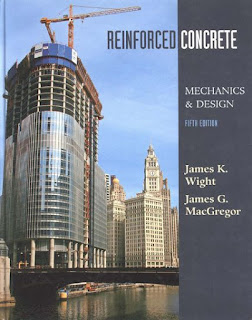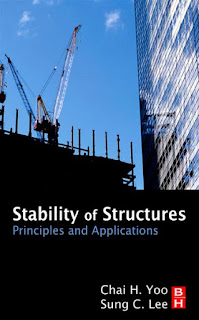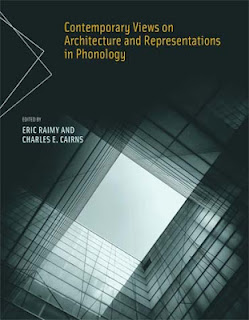L'aquarelle : De l'émotion à la création
Joëlle Krupa-Astruc,
2009 | 106 pages | PDF | 28,3 MB
French / Français
L'aquarelle, de l'émotion à la création. L'aquarelle est un médium en mouvement, un appel à créer et une source de plaisir accessible à tous. C'est là le credo de Joëlle Krupa-Astruc, qui, au fil de ces pages, guide vos pas et vos pinceaux à la découverte de cette technique picturale fascinante, mais parfois capricieuse. Aiguisant vos sens et votre intuition créative, l'artiste vous propose tout d'abord de vous familiariser avec les outils et d'acquérir les bases propres à l'aquarelle : choix du matériel, préparation du papier, méthodes d'application de la peinture et de l'eau, élaboration d'une composition, etc. Puis cinq réalisations, détaillées pas à pas et abondamment illustrées, vous invitent à mettre en pratique vos acquis, à votre rythme. Du paysage au portrait, en passant par la texture de la pierre et l'éclat de la végétation, chacune est le reflet d'une expérience, d'une situation donnée où l'artiste a dû trouver les clés picturales et créer un langage en accord avec l'eau et le pigment. La technique et le récit se trouvent mêlés en lieu intime, où la création est associée au plaisir.






























